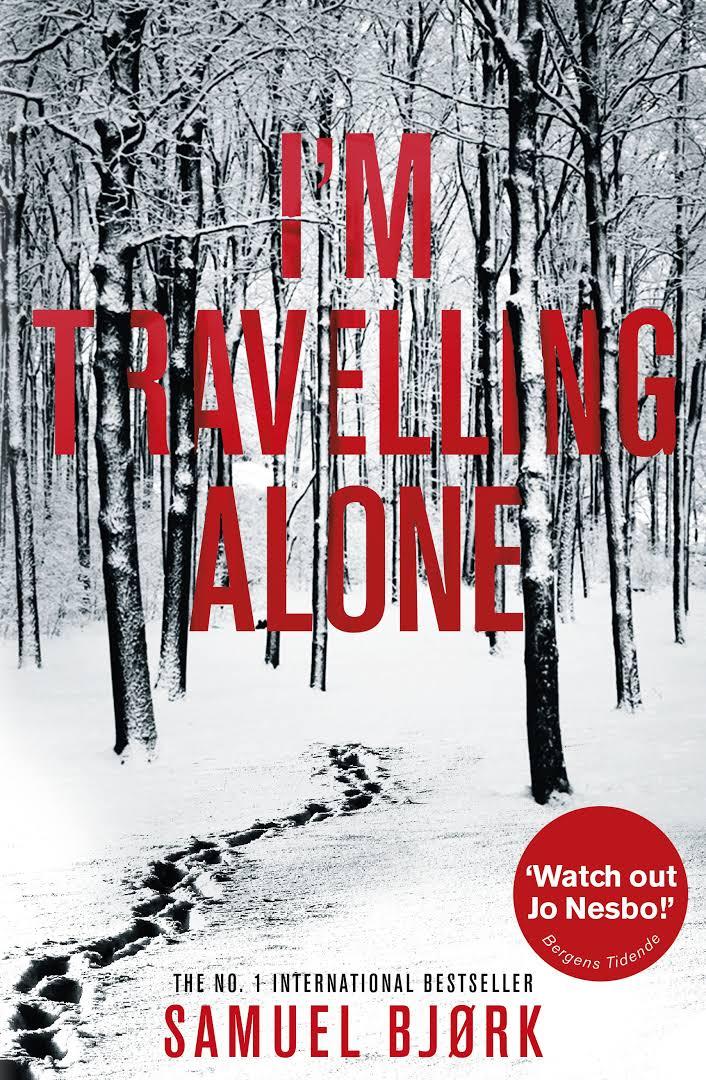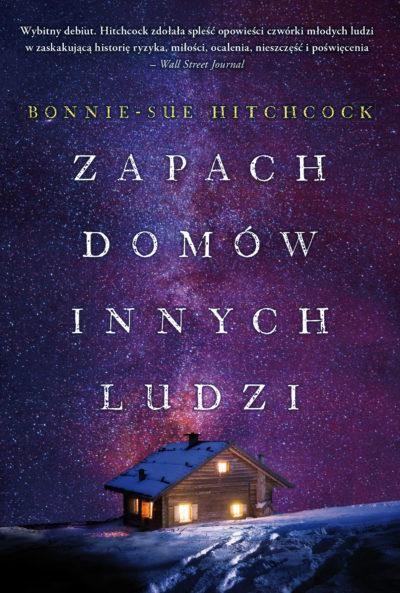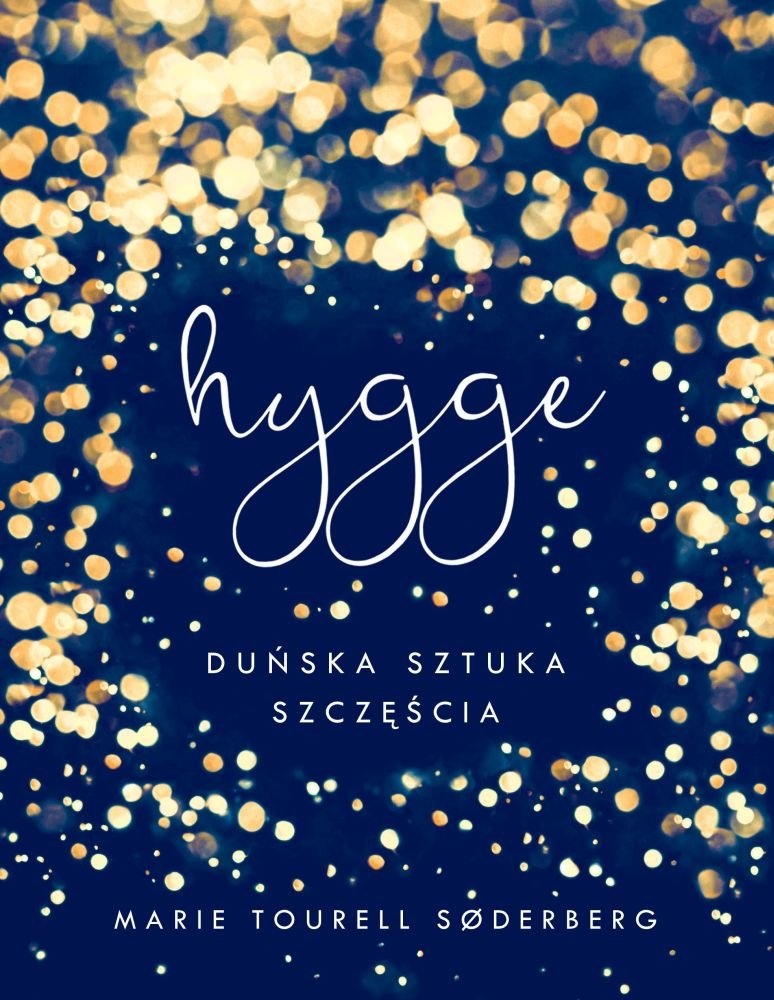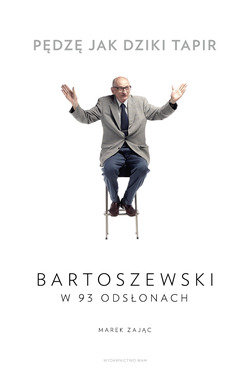"The Owl Always Hunts at Night" Samuel Bjork
When I read "I'm Travelling Alone" by Samuel Bjork a few weeks ago I wondered whether his next book would be equally good, and I was not disappointed - "The Owl..." is even better. Fast-flowing, gripping action and heroes I already knew from the first part guaranteed a few exciting evenings this time as well.
In a pentagram of candles on a bed of feathers lay a murdered young girl. This almost theatrical scene is the beginning of a gripping thriller. Leading the investigation, Mia Kruger and Holger Munch from Oslo homicide must once again confront a murderer who seems to be perfect in his insanity. Horrific movie scenes of the murdered girl and her assassin in a uniform of feathers, delivered by a hacker, give all police department workers a chill. Brutality and severity seems to be the most gentle description of the movie's creator. When the investigation ends in deadlock, Mia's sixth sense connects the murder with the will of a rich ship owner. His son can inherit the wealth only on the condition that his wife will not have her own children. You can guess that the woman did have children...
As in "I'm Travelling Alone" we find here a thread that ties the case to the police officers leading the investigation. Once again Munch and Kruger will race against time, nerves and their own demons. The divorced Holger cannot live with his loneliness and cannot communicate with his adult daughter, who is weighing up changes to her hitherto stable life. Mia, acting on the edge of waking and sleeping, fights against depression and addiction to alcohol and pills. I wondered sometimes whether without these drugs she would be so perceptive and keen. Do we dare to imagine the opposite? What would she be able to achieve if she were not inhibited by alcohol and drugs?









